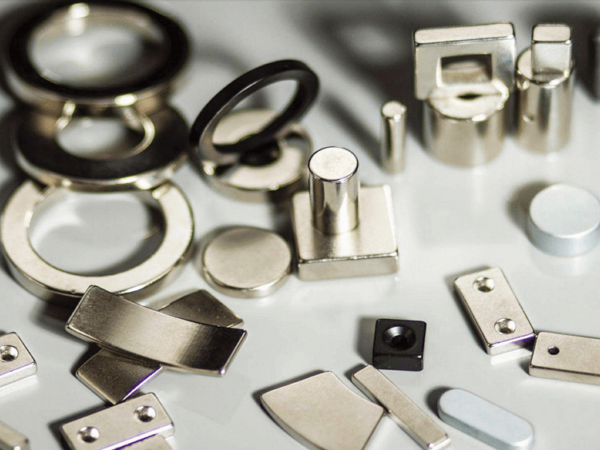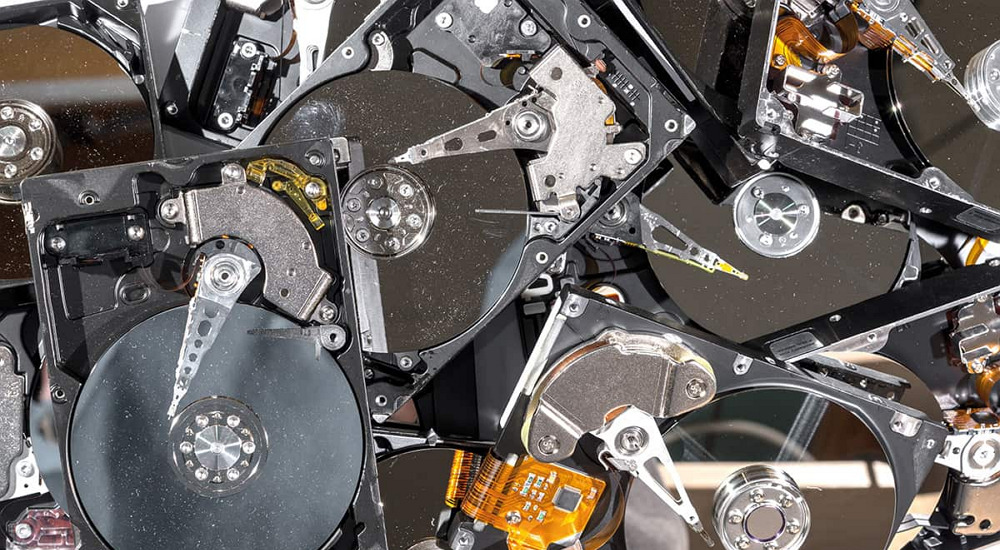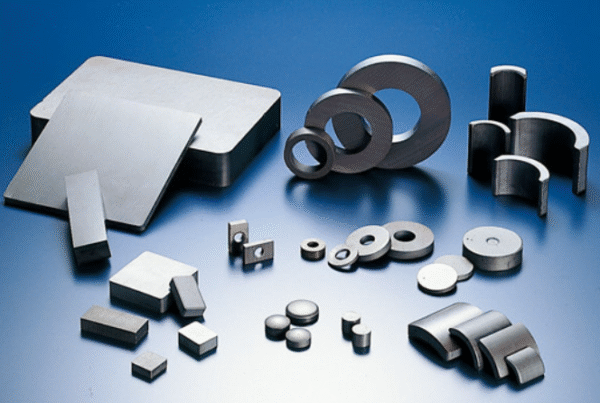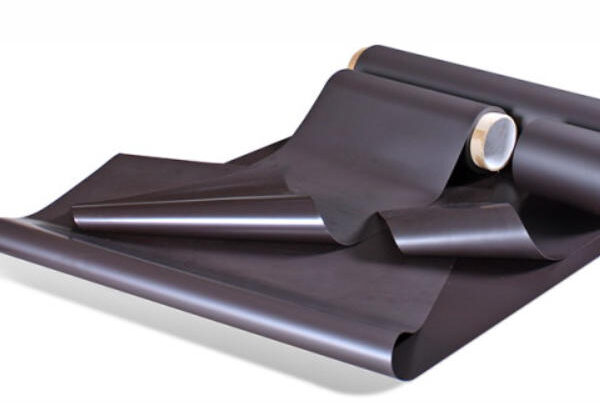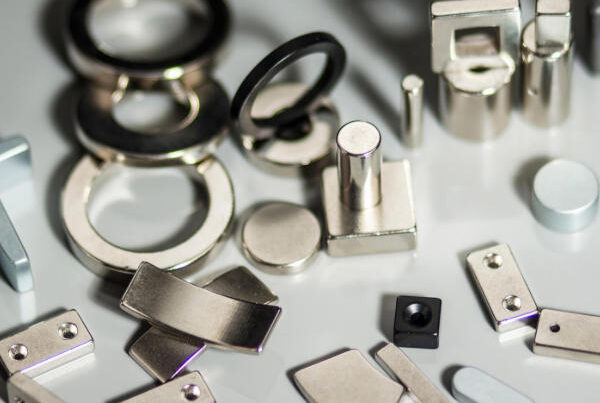네오디뮴 철 붕소 (ndfeb) 자석은 많은 첨단 분야에서 널리 사용되는 강력한 영구 자기 재료입니다., 전기 자동차와 같은, 풍력 터빈, 가정 기기, 휴대 전화, 컴퓨터 하드 드라이브. 하지만, 이러한 장치가 점차 제거되거나 손상되므로, NDFEB 자석을 재활용하고 재사용하는 방법은 시급한 문제가되었습니다..
다음, 이 기사를 따라 NDFEB 자석의 재활용 및 재사용 과정과 그 중요성을 이해하십시오..
NDFEB 자석의 조성 및 적용
ndfeb 자석은 네오디뮴과 같은 희토류 요소로 구성됩니다., 철과 붕소. 높은 에너지 밀도와 강한 자기 특성으로 인해, 그들은 현대 기술에서 없어서는 안될 자료가되었습니다. NDFEB 자석은 모터 및 발전기와 같은 장비에 널리 사용될뿐만 아니라, 전자 제품에서도 중요한 역할을합니다, 의료 장비, 자동차 산업 및 기타 분야.
NDFEB 자석을 재활용하는 것이 중요한 이유는 무엇입니까??
NDFEB 자석의 생산은 희토류 요소에 의존합니다., 그리고이 요소들의 채굴은 환경에 영향을 미칠 것입니다. NDFEB 자석의 재활용 및 재사용은 자원 폐기물을 줄일 수 없습니다., 또한 환경에 대한 부담을 줄입니다. 지속 가능한 자원 활용에 대한 세계적인 강조, NDFEB 자석의 재활용이 특히 중요해졌습니다.
- 희토류 공급원을 다각화하십시오
NDFEB 자석의 제조에는 많은 양의 희토류 요소가 필요합니다., 희토류 요소의 채굴은 특정 환경에 영향을 미칩니다.. 중고 자석을 재활용하여, 새로운 희토류 광석에 대한 수요는 줄어들 수 있습니다., 자원 부족 문제를 완화합니다.
- 환경 영향을 줄입니다
희토류 요소의 광업 및 가공은 종종 물과 토양 오염 및 대기 오염을 유발합니다.. NDFEB 자석을 재활용하여, 이러한 부정적인 영향을 줄이고 순환 경제의 발전을 촉진 할 수 있습니다..
- 에너지와 비용을 절약하십시오
NDFEB 자석의 생산 공정은 많은 에너지를 소비합니다.. 중고 자석을 재활용하여, 생산 공정의 에너지 소비를 줄일 수 있습니다., 제조 비용을 줄이면.
NDFEB 자석의 재활용 과정
NDFEB 자석의 재활용 과정은 비교적 복잡하며 일반적으로 다음 단계를 포함합니다.:
- 분해 및 분리
첫 번째, NDFEB 자석을 함유 한 스크랩 장비는 분해해야합니다.. NDFEB 자석은 일반적으로 다른 재료와 밀접하게 결합됩니다, 따라서 재활용 과정에서 자석을 다른 재료와 분리해야합니다.. 이것은 일반적으로 수동 분해 또는 기계적 방법으로 수행됩니다..
- 물리적 분리
분해 후, 자석은 물리적 방법에 의해 더 정제되어야합니다.. 예를 들어, 강한 자기장은 NDFEB 자석을 다른 금속 및 재료로 분리하는 데 사용될 수 있습니다..
- 화학 처리
어떤 경우에는, 네오디뮴을 추출해야 할 수도 있습니다, 철, 화학적 방법에 의한 NDFEB의 붕소 및 기타 요소. 이러한 요소는 다시 추출되어 새로운 NDFEB 자석을 생산하는 데 사용될 수 있습니다..
- 재사용 및 재생
위의 방법으로 회수 된 희토류 요소 및 금속은 새로운 NDFEB 자석을 만드는 데 사용될 수 있습니다.. 재활용 자석은 새로운 자석의 성능에 약간의 차이가있을 수 있습니다., 그러나 여전히 많은 응용 프로그램에서 사용할 수 있습니다, 특히 수요가 그렇게 요구되지 않는 지역에서.
결론
NDFEB 자석의 재활용 및 재사용은 환경을 효과적으로 보호하고 자원을 절약 할 수 있습니다., 또한 기업과 소비자에게 장기적인 경제적 이익을 가져옵니다.. 과학 기술 개발 및 재활용 기술의 지속적인 발전으로, 우리는 NDFEB 자석의 재활용 시장이 더 넓은 전망을 안내 할 것이라고 믿을만한 이유가 있습니다.. 관련 산업의 영구 자석 제조업체 또는 실무자로서, 우리는이 환경 보호 원인을 고려하고 참여해야합니다., NDFEB 자석의 재활용을 공동으로 촉진하십시오, 지속 가능한 미래를 홍보합니다.


